Sell Your Necklace Online
How To Sell Your Necklace
Whether you have a solitaire diamond pendant that you have inherited or a collection of gold festoons that you have built up over the last 10 years, knowing how to sell your necklaces can be somewhat difficult. Over the years, collecting habits have changed and what might have been in fashion 5 years ago may no longer be sought after.
Selling at auction used to be a good option for selling necklaces, however, the average seller’s commission is now 18% and the average buyer’s commission is 25% – meaning that if you sell at auction you only get back 57% of what the buyer was willing to pay. We can help you get the most for your earrings so please get in touch.
This guide aims to help you understand what your necklaces are worth and what affects the value of necklaces. You can also get in touch for a free valuation and no-obligation advice.
How Can You Sell Your Necklace?
Are you looking to sell your necklace but don’t know where to start? At Mark Littler LTD we make the selling process as simple as possible by handling all of the logistics, paperwork and fully insured shipping.
We can help you sell your necklace in two ways:
- Through a brokered private sale
- Through specialist online auctions
Our aim is to achieve the best possible price for your jewellery; after all, you can only sell once. By giving you all of your options you can be sure you are making the right decision.
Necklace Valuation Contact Form
Common Necklace Types
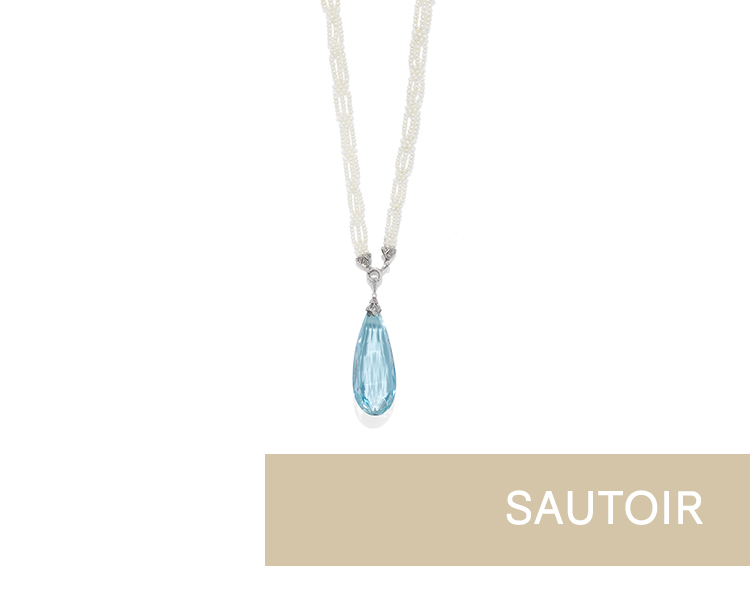
Sautoir – Sautoir is a French term that refers to a long necklace typically set with jewels. Traditional sautoirs also suspend a tassel or an ornament from the long chain. The style first appeared in the 1890s, and was popularised with the help of Princess Alexandra of Wales, who liked to wear sautoirs with dog collars and pearl necklaces. The style has remained popular until the modern day.
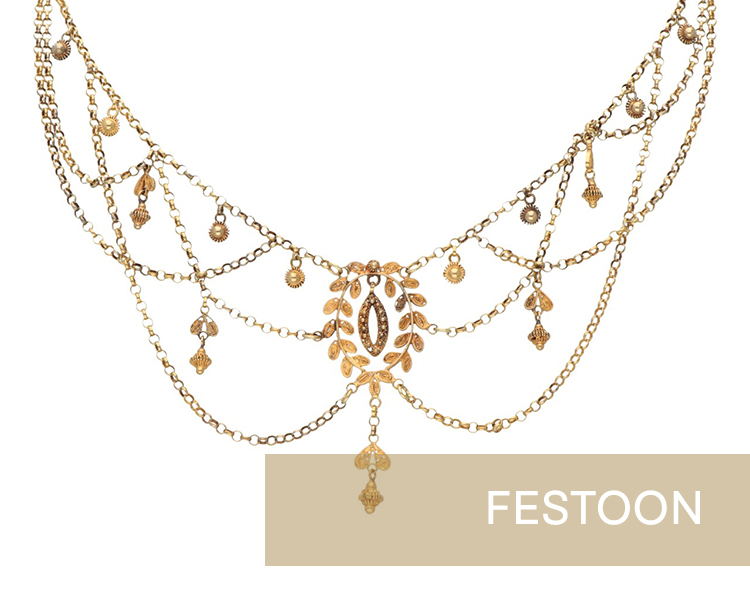
Festoon – Festoons first become popular in the late 19th century. Several drapes of beads, chains, or gems characterise the design. Typical motifs include garlands and wreaths, as well as gem-set rows. Perhaps the most famous example of a festoon necklace in the Greville festoon. The necklace was part of the Greville bequest, a collection of jewellery left to Elizabeth II by her mother Queen Elizabeth, The Queen Mother.
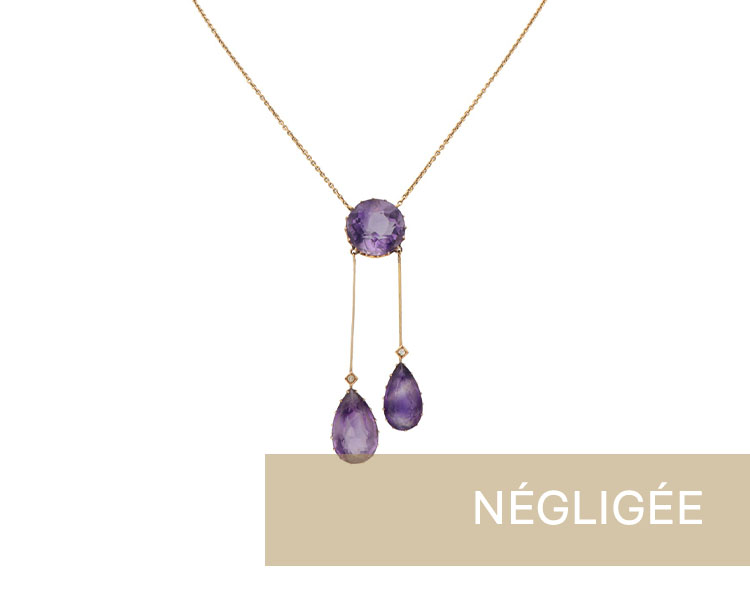
Négligée – Négligée necklaces were very prominent in the early 20th century. The necklace consists of two drops of unequal lengths. The drops were often gem-set, but also displayed other ornamentation such as tassels.
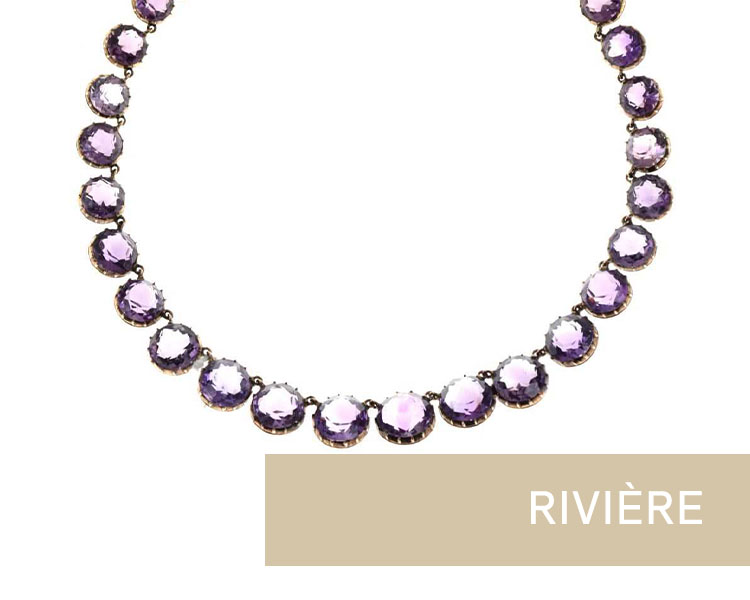
Rivière – Rivière necklaces consist of one or more rows of linked gemstones. The stones are usually the same type, colour, and cut. However, in some rivières, the stones graduate in size towards the centre of the necklace. The name rivière comes from the French word for river and is said to be appropriate due to the way that gemstones in rivière necklaces flow around the neck.
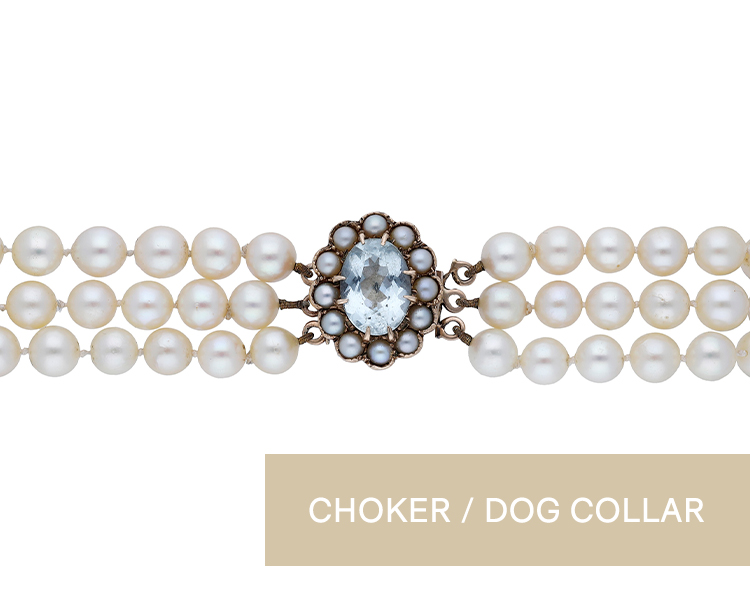
Choker/ Dog Collar – Despite many considering chokers to be a modern-day addition to jewellery, they have actually been popular since the late 19th century. Princess Alexandra of Wales helped to popularise the style. The style remained popular until the First World War. After falling out of fashion slightly in the early 20th century, chokers made a comeback in the period following the Great Depression.
What Affects The Value Of Your Necklace?
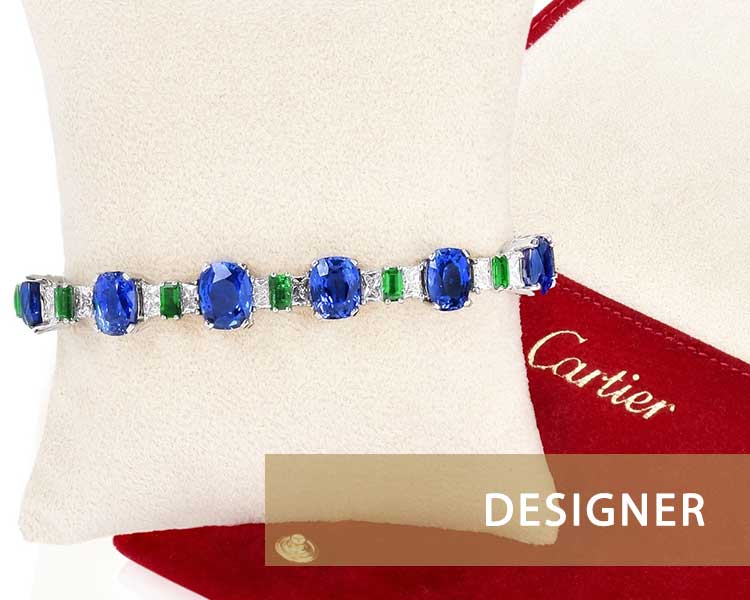
Designer
Jewellery is made either in anonymous workshops or by well-known designers and jewellery houses. As you can imagine, pieces that are designed by famous designers or jewellery houses such as Cartier, Van Cleef & Arpels, and Georg Jensen will command a premium over those that were mass-produced. Necklaces by well-known jewellery houses have more provenance and history behind them, making them more commercial than their fashion jewellery counterparts.
Most necklaces that were designed and made by famous designers will bear a maker’s mark, telling you who produced the item. This information is important in valuing your pieces of jewellery. The marks can be very small, and you may not be able to read them with the naked eye.
The value of necklaces can also be affected by whether or not its design is indicative of the period that it is from. For example, a négligée that displays a style typical of the early 19th century will be more commercial than a négligée that shows none of the defining features of the period.
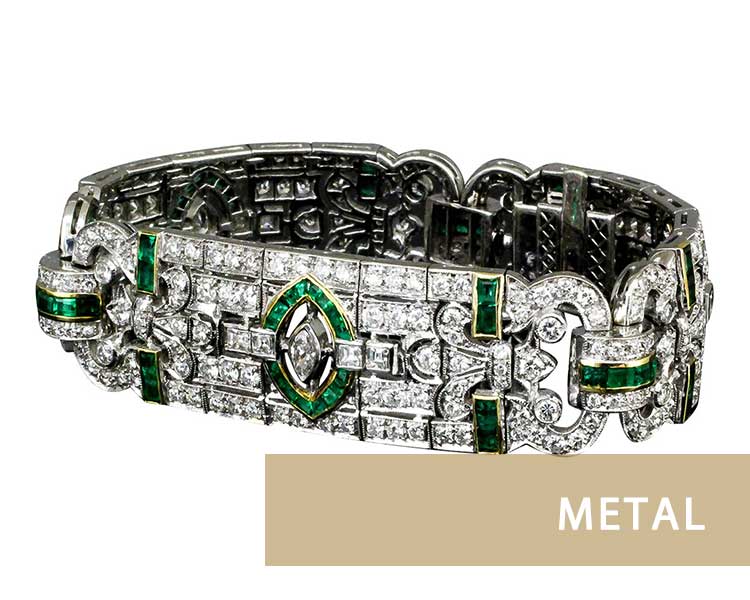
Metal
Most necklaces are made from some kind of gold, silver, or platinum. Identifying the purity of the metal can help to determine the quality of the item. For example, gold comes in various different purities, with 24-carat gold being the purest, with 99.9% pure gold. As such, 24-carat gold items are considered of a higher purity than 9-carat gold items (37.5% pure gold).
Certain metals and purities are better suited to gem settings than others. For example, you would not set a 3ct emerald in a 9ct gold setting. Instead, you would use 18ct platinum, which is more durable than 9ct gold.
Silver and platinum also have different levels of purity that affect the value of items made from these metals. The purity of an item can be identified either through testing in a lab or through the hallmarks on the item. For example, a silver item with a full set of UK hallmarks can be called sterling silver.
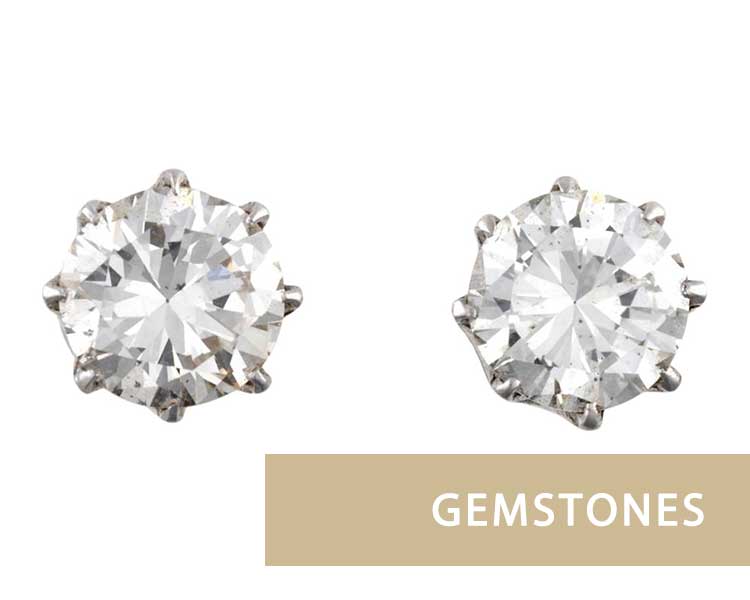
Gemstones
If your neckalce is set with gemstones, there are many attributes of these gems that can affect the value of your item.
Firstly, what is the identity of the gemstone? Diamonds have always been, and remain, extremely commercial. Other stones such as tanzanite, sapphire, and emerald are also highly sought after.
Other attributes such as the cut, colour, inclusions, damage, carat weight, and clarity of the gemstone can affect the value. For example, a 1ct round brilliant natural diamond with high clarity will be more valuable than a 1ct round brilliant natural diamond with several inclusions and a chipped girdle.
There is also a disparity in value between natural gemstones and man-made gemstones. Whether or not a gemstone has been treated can also affect the value of your necklace.
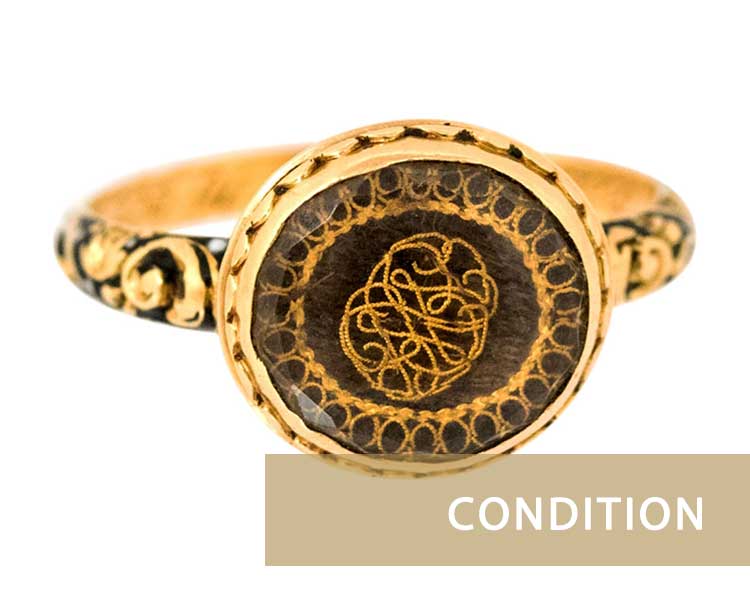
Condition
Of course, the condition of your necklace will have an impact on value. Any dents, missing claws, scratches, etc will affect the value.
However, with jewellery, the condition of the item is more relevant to some styles than others. For example, gold is extremely malleable, and so a missing claw in a ring can be easily replaced. By contrast, items made from enamel, such as cameo brooches, can be very difficult to repair and restore.
The same can be said for different gemstones. Some gemstones are much easier to re-cut and re-polish than others.
When sending us photos of your items please be sure to include photos of any damage to the necklace so that we can accurately assess the condition of the item.
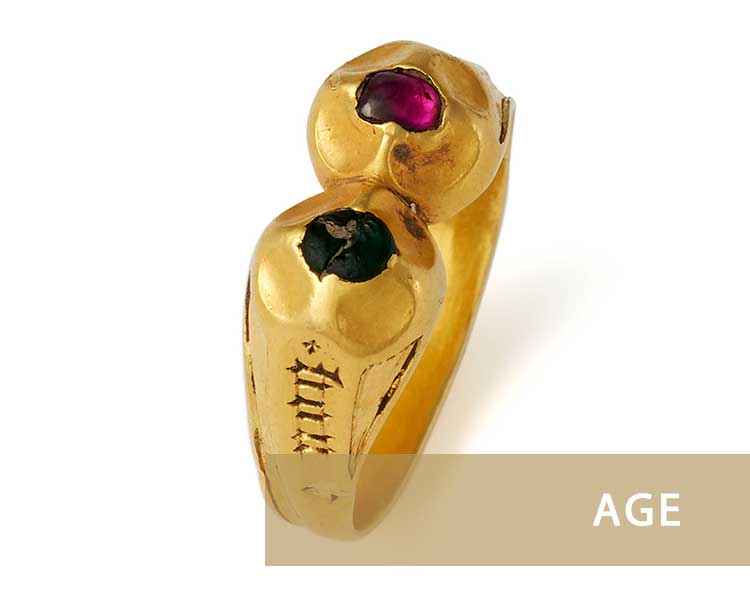
Age
At Mark Littler Ltd we have sold jewellery from many different time periods, from the medieval Green Hammerton Ring to modern Cartier pieces. Jewellery from certain time periods is more sought after than others. For example, jewellery from the Victorian Era (1837-1901) is more sought after by collectors than jewellery from the Retro Era (1939-1950).
Whilst this is not always the case – sometimes more modern pieces command a premium, depending on numerous factors such as the designer – the age of your jewellery can be a good indication of its rarity and value in some instances.
As mentioned above, jewellery from specific periods is always more sought after if it reflects the characteristics of the particular period. For example, Art Nouveau jewellery bearing the characteristic swirls and natural motifs will be more valuable than jewellery from the same period that does not share these features.
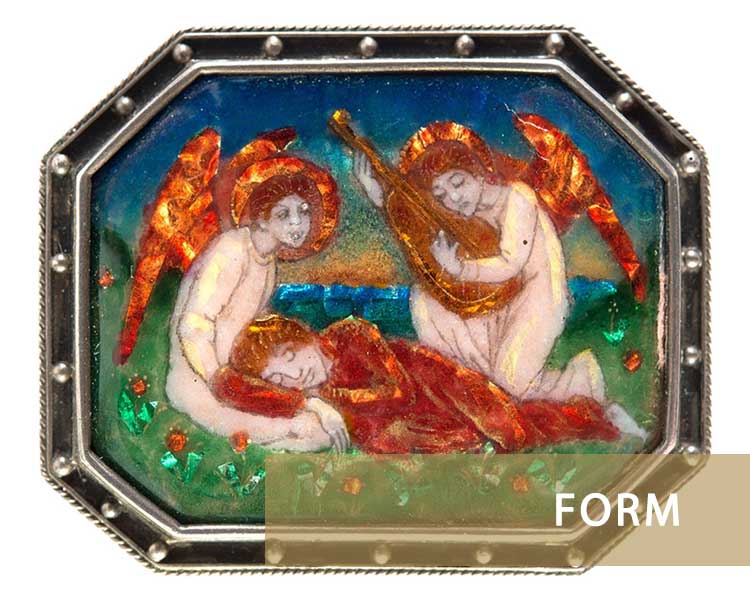
Form
The form that your jewellery takes can have an effect on the value of your piece due to certain types of jewellery falling in and out of fashion.
As an example, festoon necklaces, whilst a very classic design, have fallen out of fashion in recent years and the popular fashion of the time leans towards more minimalist pieces.
However, that does not mean that festoons are not valuable. They are just less commercial than something like a diamond solitaire pendant. That being said, many jewellery collectors seek late-19th-century festoons and are willing to pay a premium.
Rings, necklaces, and earrings are all very commercial, with specific styles commanding different premiums at different times in history.
How We Can Help You Sell Your Necklace
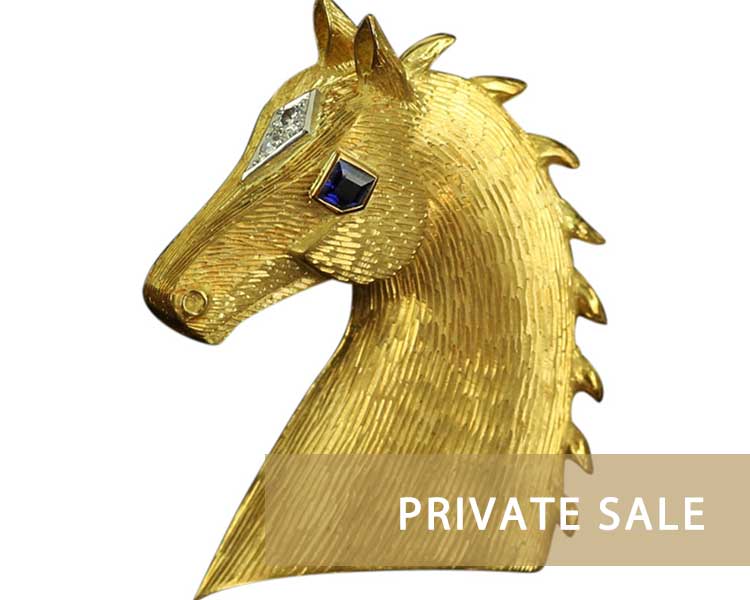
Private Sale
Our brokerage service is a simple and stress-free way to sell your jewellery. We will broker the sale between you and one of our private buyers, handling every aspect of the sale on your behalf. For this service, we charge a 10 + VAT commission (12% total). This avenue is quick and easy. We will take care of everything for you.
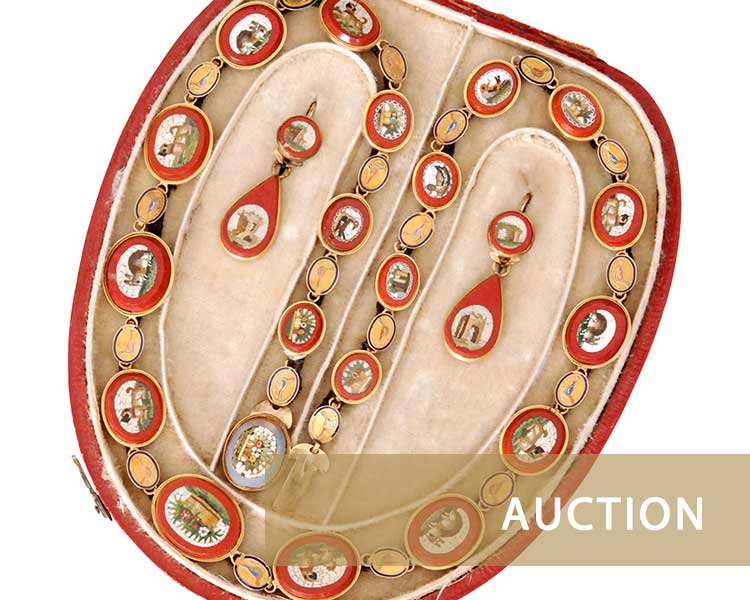
Auction
We have built relationships with some of the country’s best specialist auctions. These industry relations help us to help you sell jewellery through the auction house that is best suited to you and your item. This is critical given the high cost of selling your items through traditional auctions. We will consign your item to the appropriate auction house for you.
Sell Necklaces: Expert Valuations
To make the process as simple as possible for you, we give you the opportunity to get your jewellery valued for free with our quick and easy-to-use valuation form.
Please provide as much information as possible about your item so that we can give you an accurate valuation.
Jewellery Valuation Contact Form
Postage Service
We make getting your jewellery to us simple.
We have a fully insured postage service. We send you specialist packing materials and instructions together with a pre-paid returns label so that you can ship your jewellery back to us quickly and safely.
For large collections and very high-value items, we also have a hand-courier service available.
The History of Necklaces
The earliest necklaces were fashioned of sea shells, bones, and stones, often worn as talismans for luck or to ward off negativity. Over time, these shells and stones were replaced by tumbled or fashioned beads. In the Bronze Age, torcs became popular. A torc is a piece of neckwear made of twisted metal with decorative ends, often very wide and worn around the neck by women who were higher up in the social hierarchy.
By the 18th century, women had begun to wear necklaces as part of jewellery suites. Necklaces were worn more commonly in the evenings for social occasions than pendants, which were usually worn in the daytime.
Advancements in jewellery design meant that multi-purpose pieces became popular in the mid-late 19th century. Tiaras could be worn as necklaces and vice versa. In this era, common styles of necklaces included dog collars, rivieres, festoons, sautoirs, and pearl necklaces.
The early 20th century saw the popularisation of negligee, fine chain, garland-style, and choker necklaces.
The 4 C’s
The 4 Cs are common terminology in the world of gemmology, and they refer to the 4 most important factors that can affect the value of a diamond but can also apply to other gemstones. The 4 Cs are:
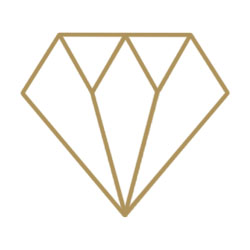
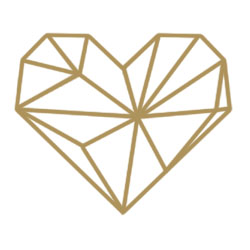
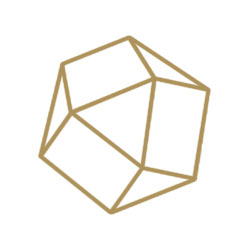
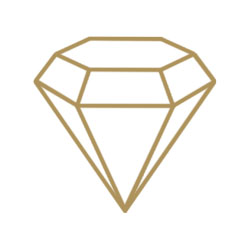
Clarity – The clarity of a diamond indicates how inclusion-free the diamond is. A diamond free from inclusions is commonly graded as Flawless (F). The better the clarity of the stones in your necklace, the higher the value of the necklace will be in comparison to similarly-sized stones of lower clarity.
Cut – The cut of a diamond or gemstone refers to how deep or shallow the cut is. A well-cut stone will direct light through the crown. A cut that is too deep or too shallow will allow light to escape. As such, a well-cut diamond, or other gemstone, will hold more value than one of a similar size but with a shallower cut.
Carat – Carat refers to the carat weight of a diamond or gemstone. A 1ct diamond will be worth more than a 0.95ct diamond. As such, the larger the stone the more value the piece will hold.
Often the central diamond in a motif is the largest diamond in the piece. This, as well as the added carat weight of other stones in the piece, will contribute to the value.
Colour – Colour refers to the tint within a diamond. Diamonds range from colourless to very light yellow (this is specifically in reference to colourless diamonds). There are also coloured gemstones, which refer to any gemstone that is not a diamond. The colour of these gemstones can also affect their value. For example, padparadscha sapphires – which are a beautiful orangey-pink colour, are considered the most valuable sapphires. Pale blue sapphires are generally considered the least valuable.


I highly recommend Mark Littler, who is extremely knowledgeable and went out of his way to help me sell some... artwork.read more
Well having now completed the process, I can say that Mark and his whole team are absolutely excellent. We were guided through different ways to sell different bottles. Help with packaging and transport is provided, and advice on bottle values was good.
They have now all been sold, and at very pleasing prices.
Highly recommended!read more
He completed a sale for me with his... professionalism & personal service & I will happily use him again. Thank you Mark & staff., for a five star service. Lorna Hickmanread more
I highly recommend Mark Littler if you have any unusual bottles to sell, they are the people to sell it for you.read more
Friendly professional service... throughout.
Excellent company.read more
Account Manager Hannah... Thompson completed the transaction faultlessly throughout. She was quick to establish which were the highly collectable bottles and which I would just have to enjoy drinking. I had a very good idea which bottles would fetch the best price and Hannah confirmed that for me. After putting the bottles to their database of clients, I soon had a best offer which stacked up against other vendors. On accepting the offer a courier delivered all the packing boxes the following day and we dropped everything packed to the post office. Hannah confirmed receipt and a couple of days later Mark called to confirm that he had just sent the proceeds to me - All very painless!
Many companies make a lot of promises these days but never quite deliver - Mark Littler is very much the exception!read more
Knowledgeable guy and easy to talk to! Will guide you through every step.
Highly recommendread more
Quick Online Necklace Valuation
We provide free jewellery valuations. Please use the form below and provide as much information as you can about your item so that we can make sure your valuation is as accurate as possible.
Alternatively, please send photos of your jewellery (as well as any other information you can provide) to our WhatsApp .
